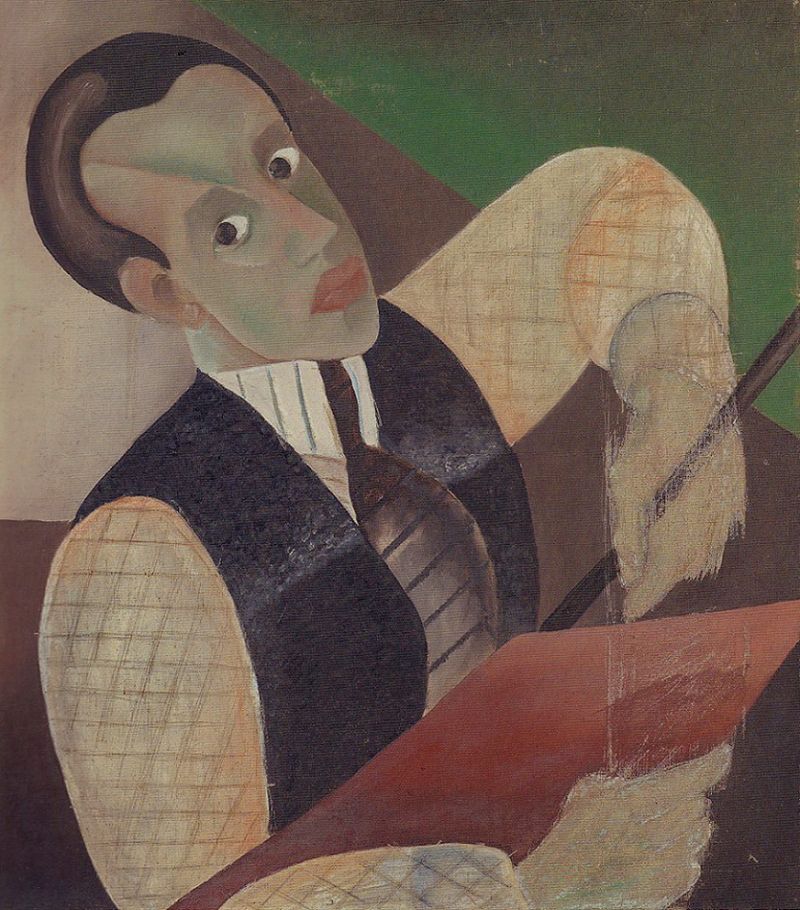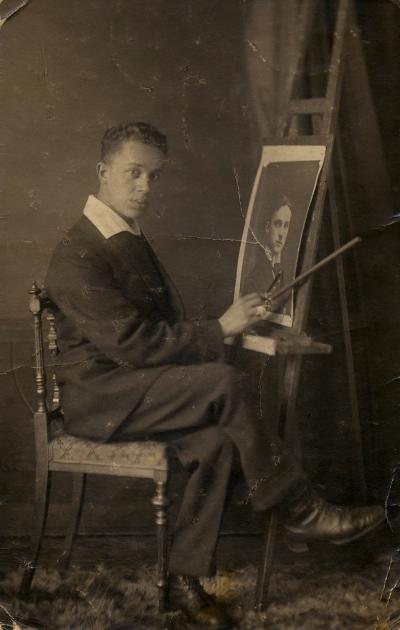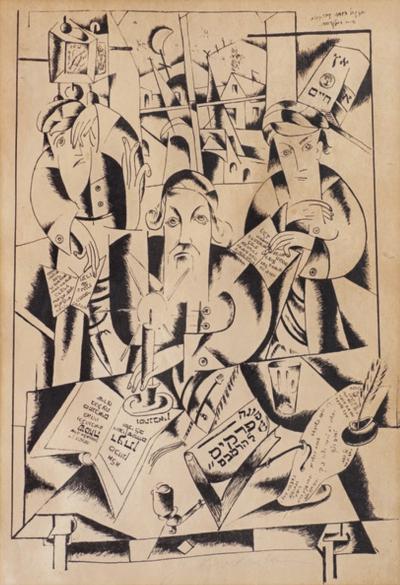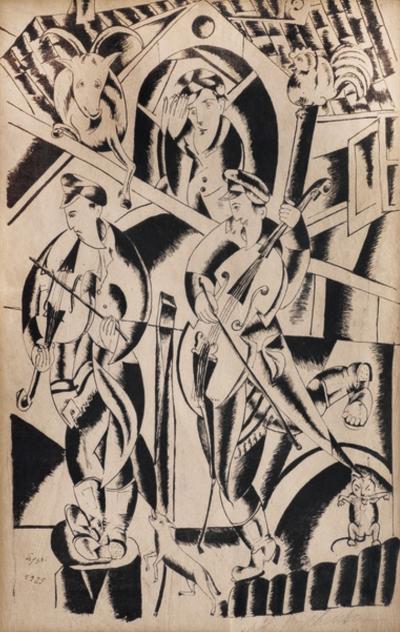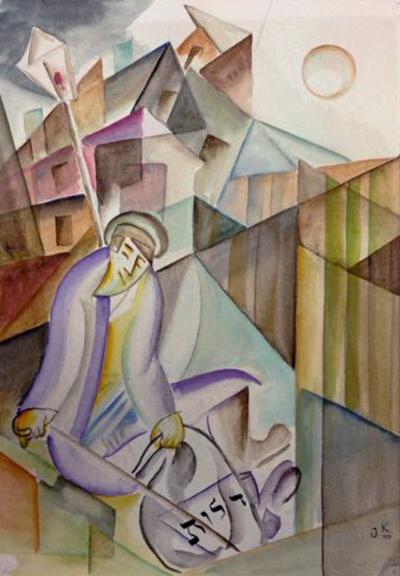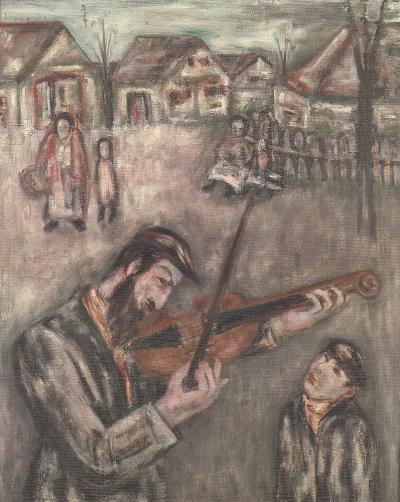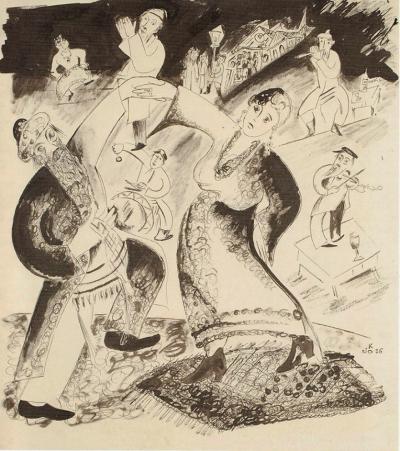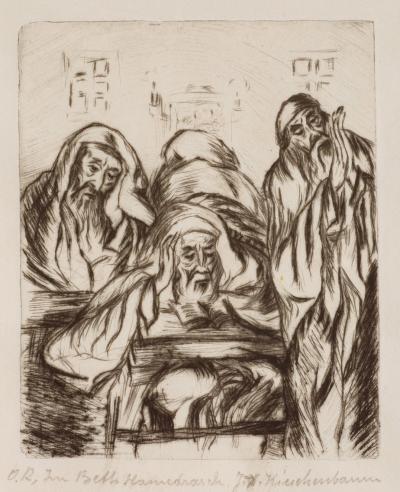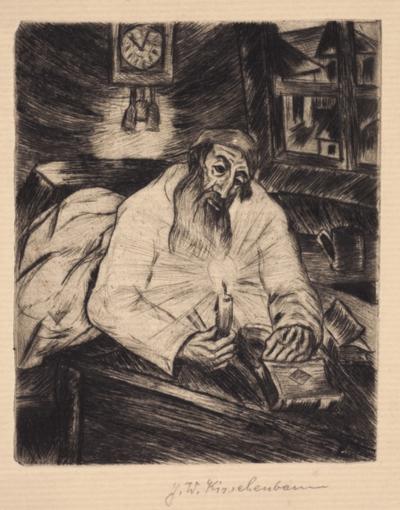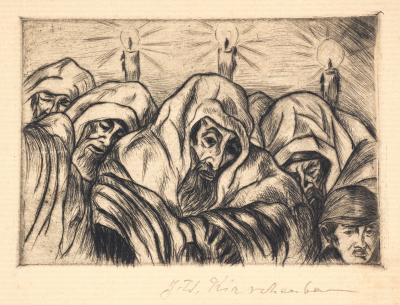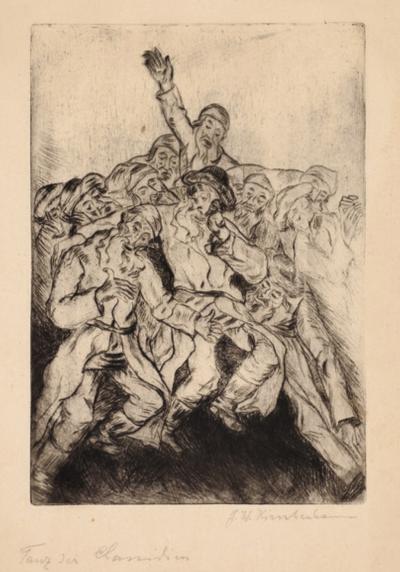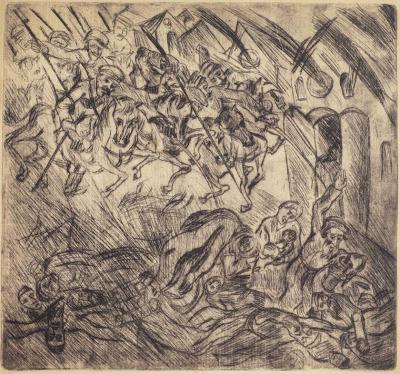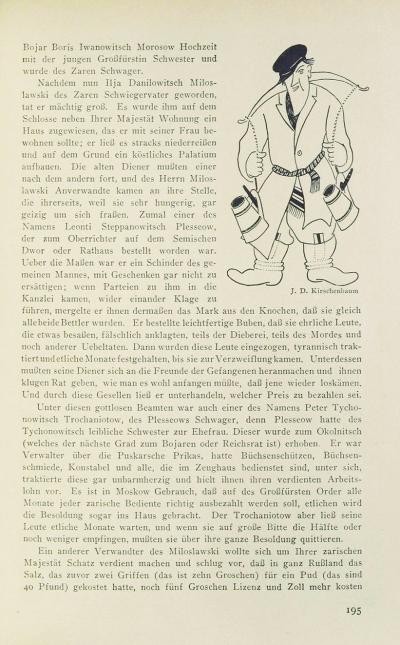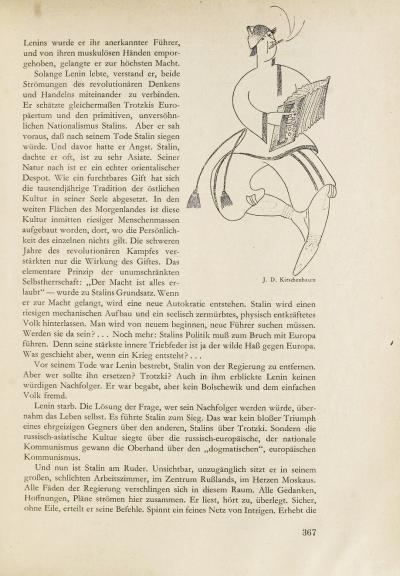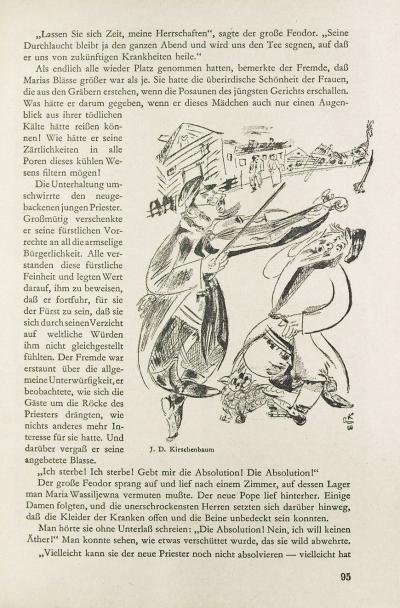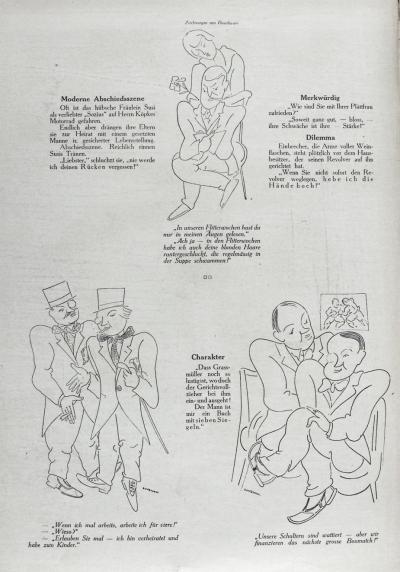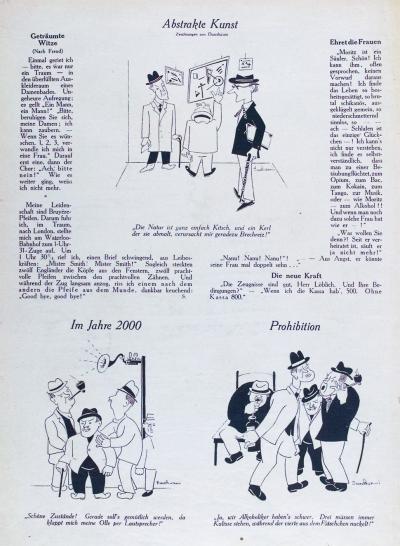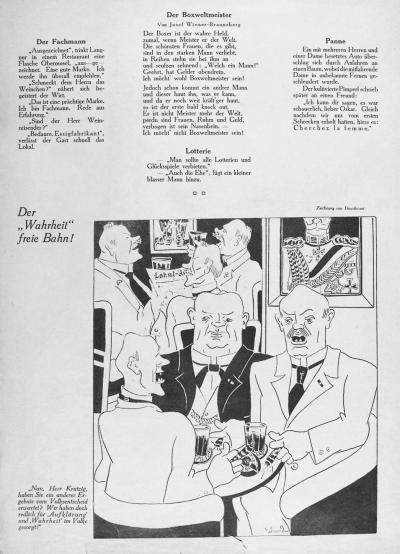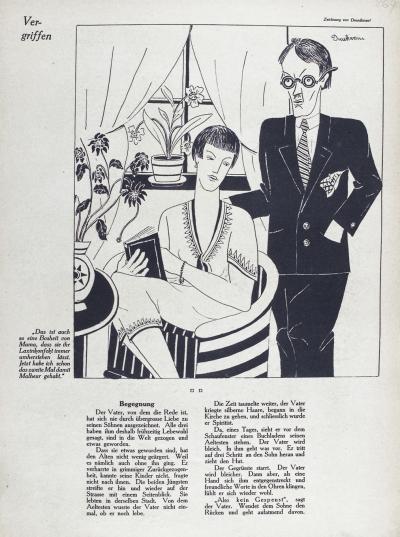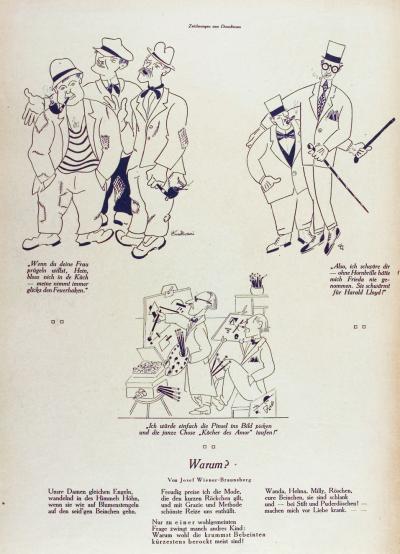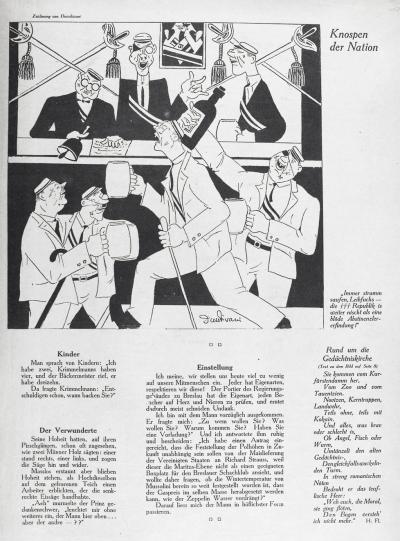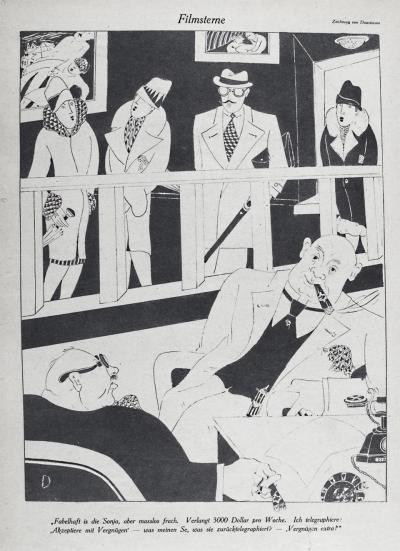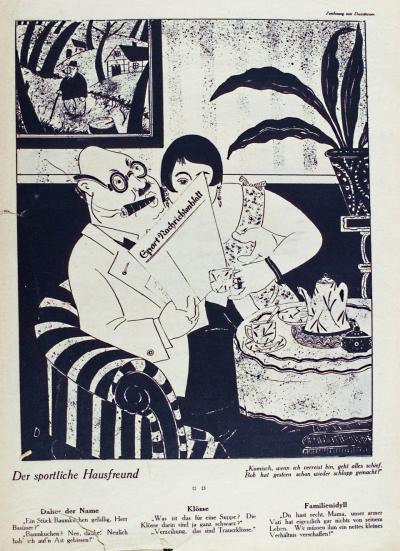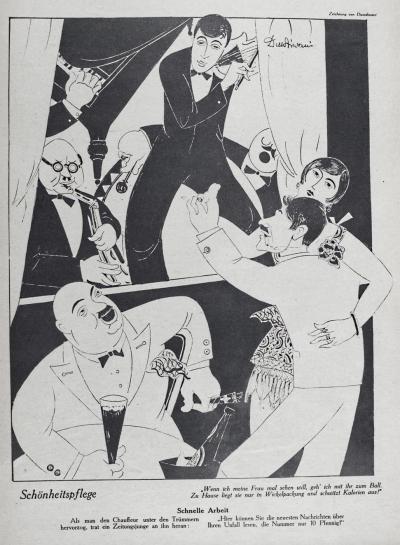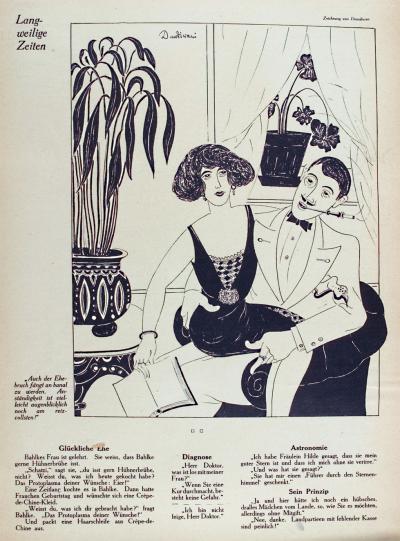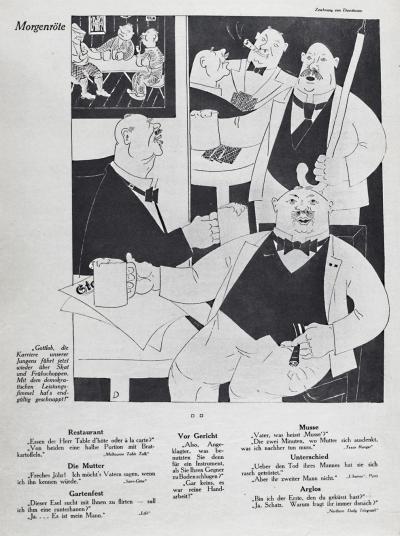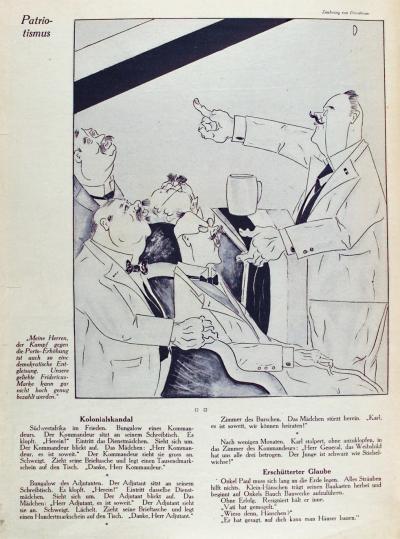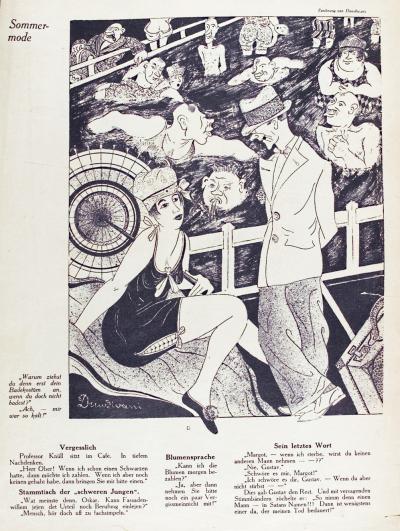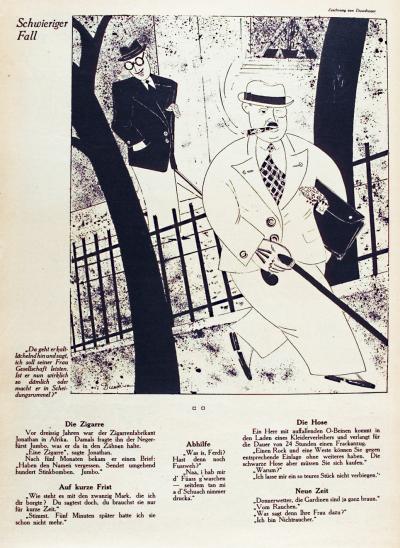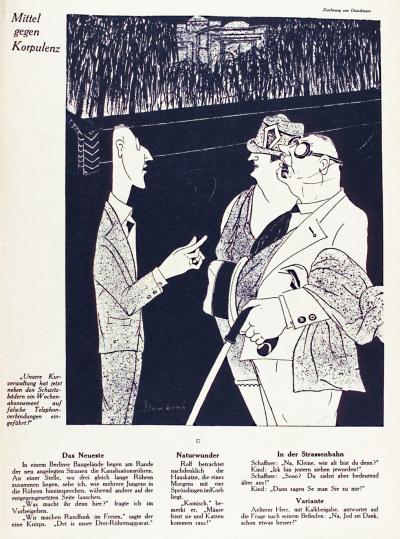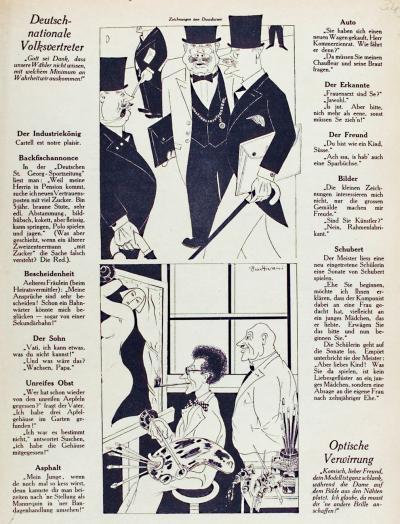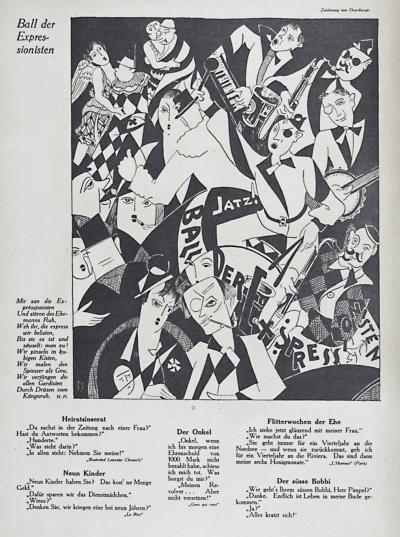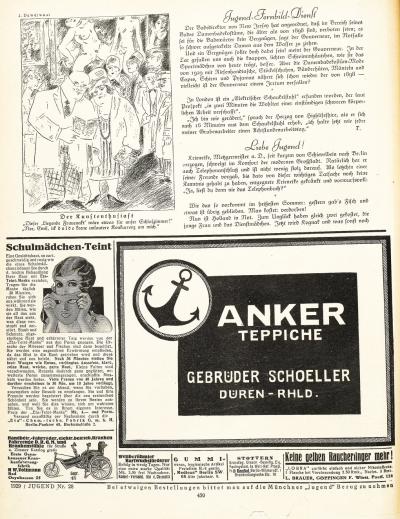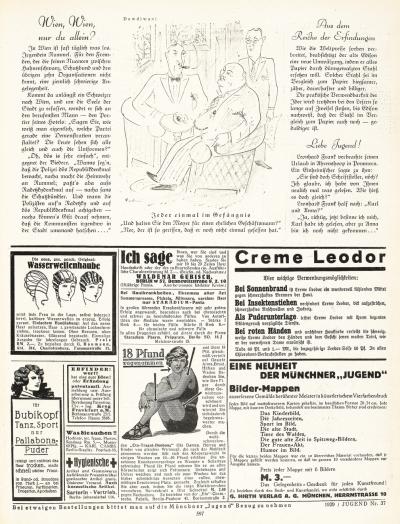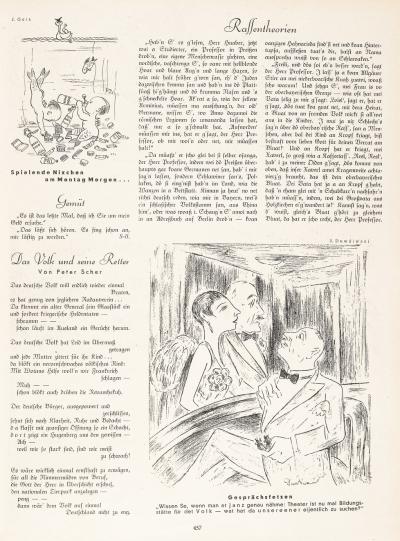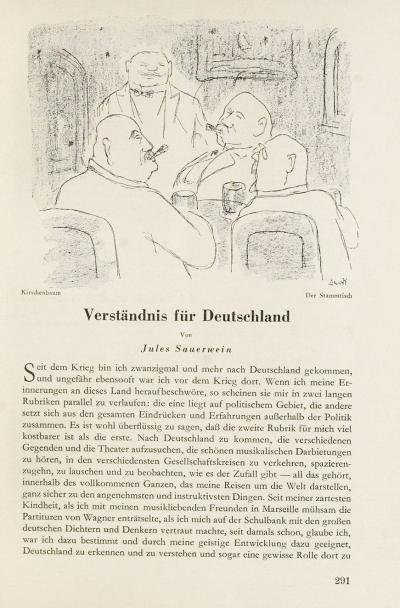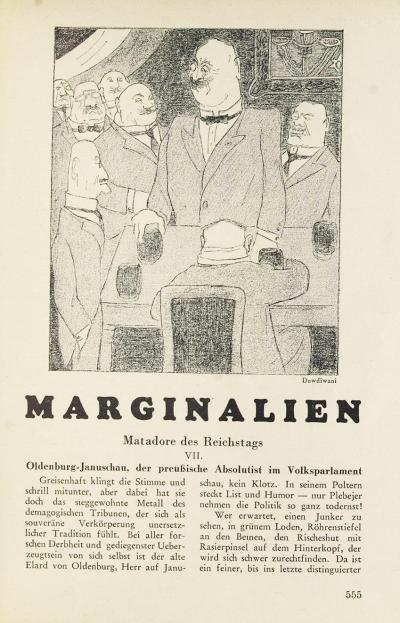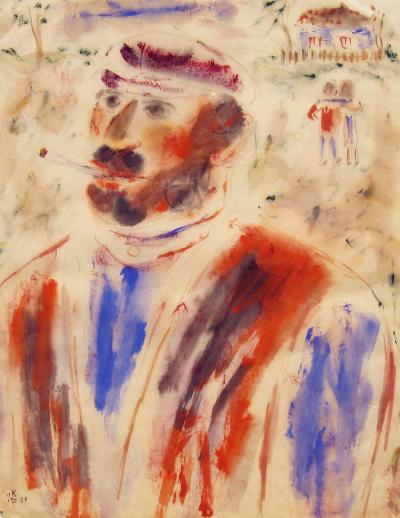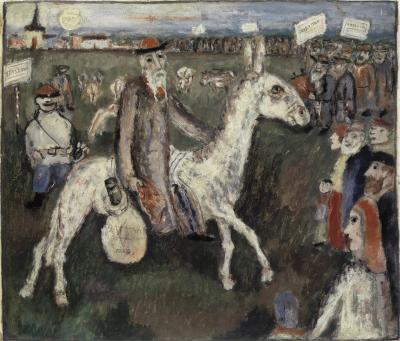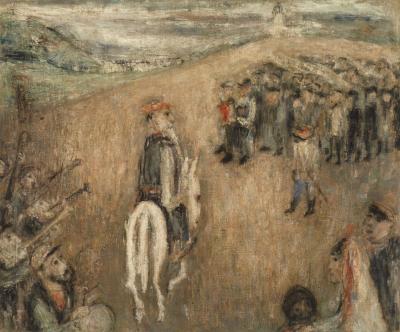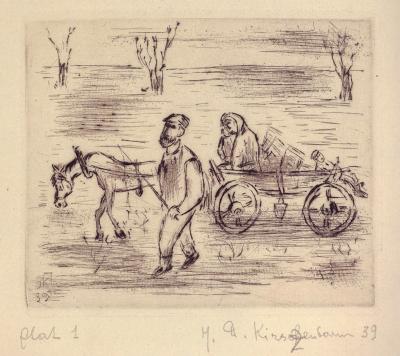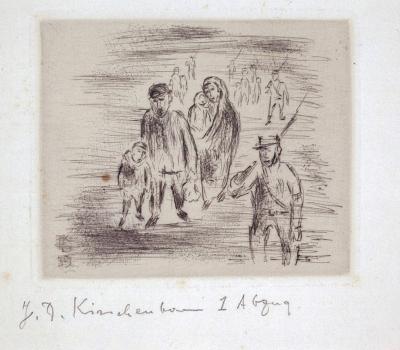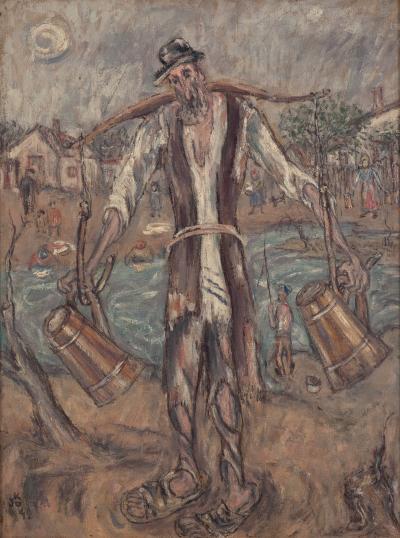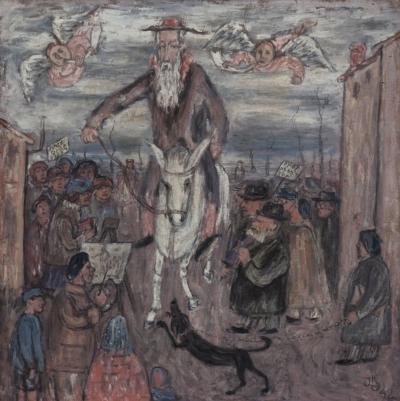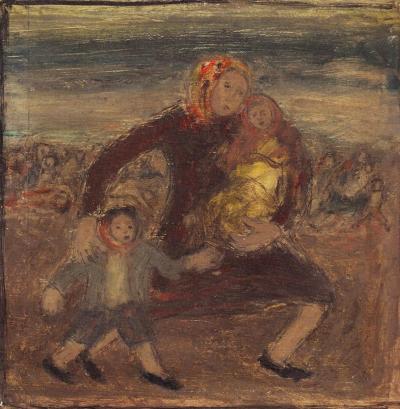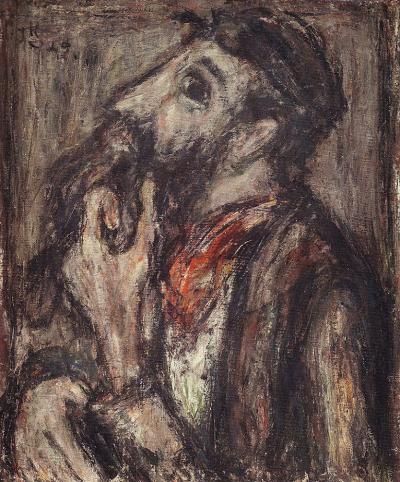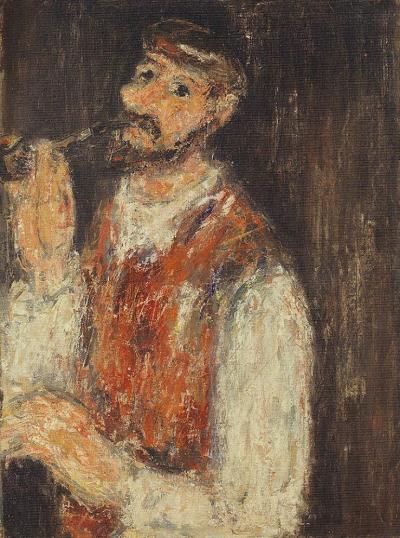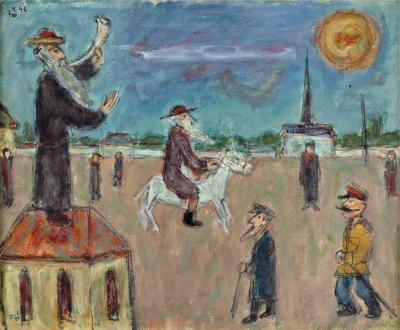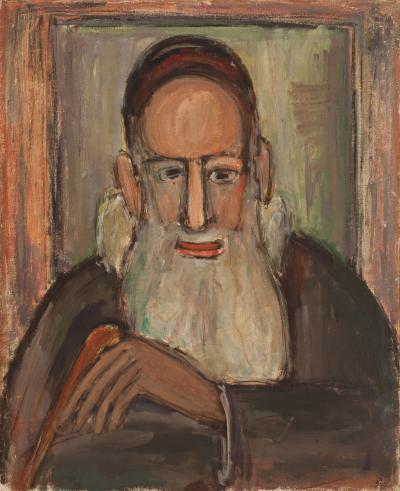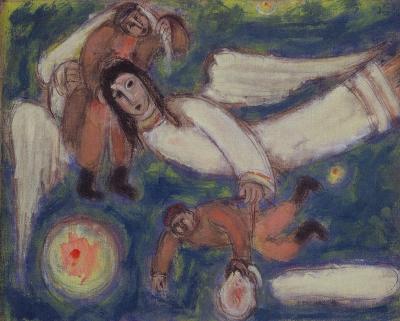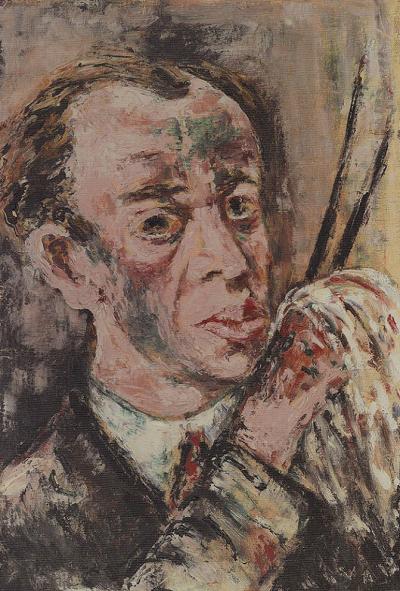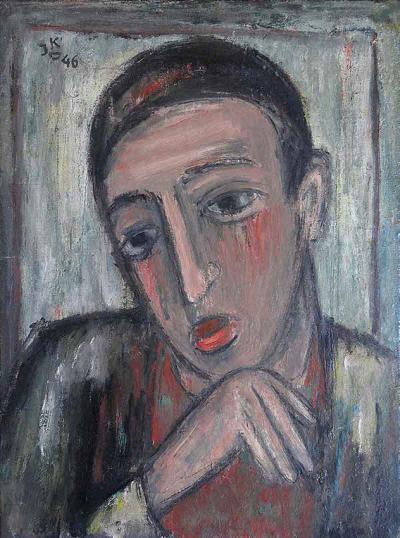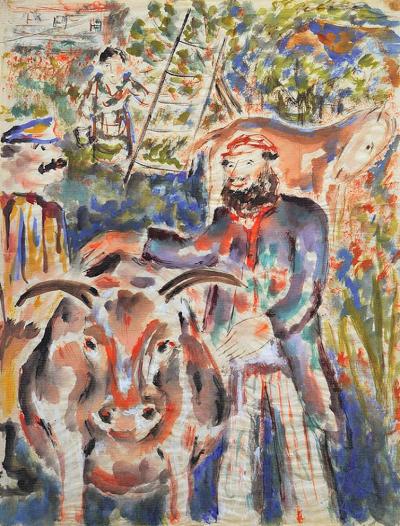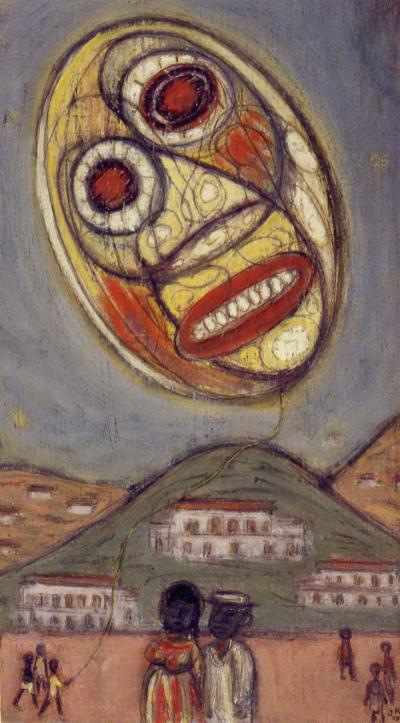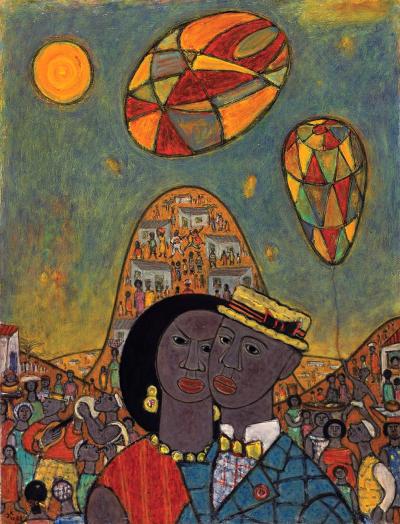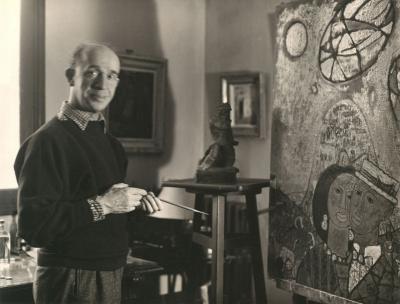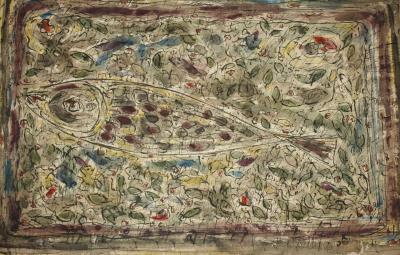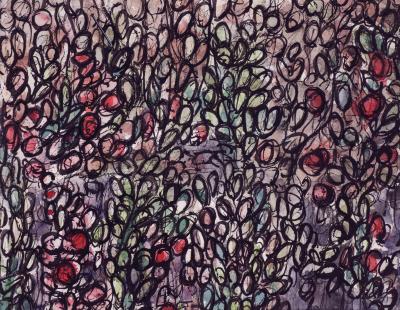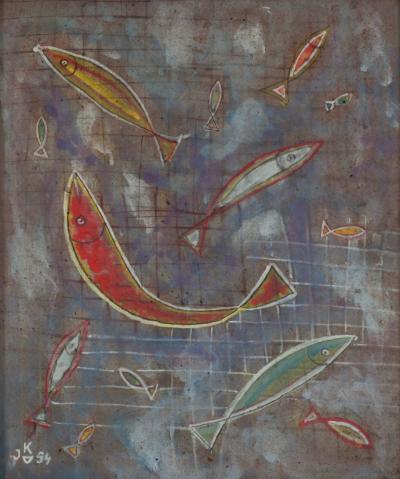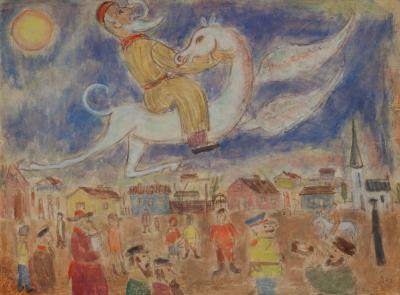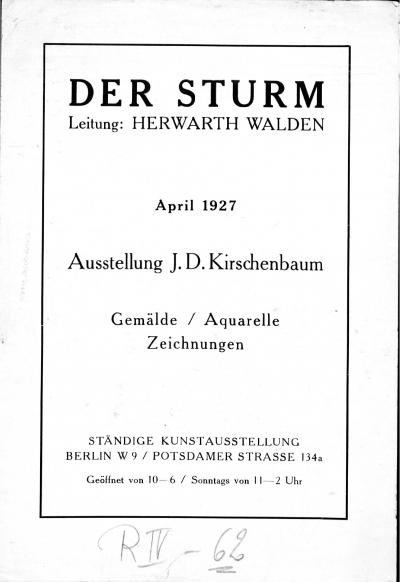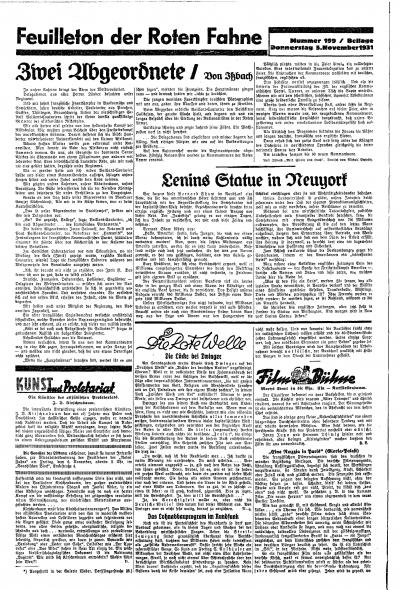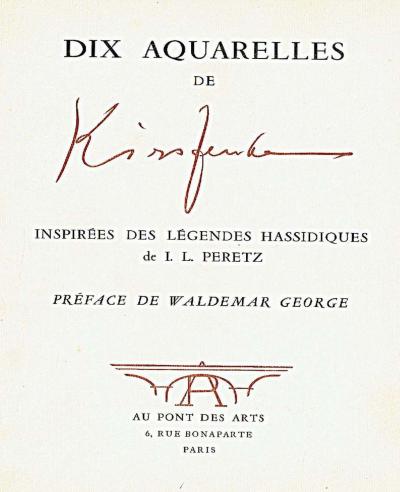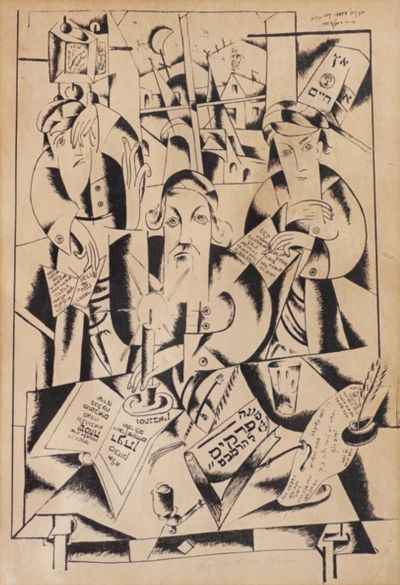Jesekiel David Kirszenbaum (1900–1954). Student of the Bauhaus

Kirszenbaum’s newly awakened courage to face life head on is evidenced by the amount of travelling he did in the following years. In 1948/49, he travelled to Brazil where the country and its people in the tropical climate inspired him to create colourful if not seemingly naive tableaux. His paintings of a “Brazilian woman with child”,[99] a “Brazilian woman with basket”[100], of “Brazilian masks”[101], of a “Brazilian boy with kite” (Fig. 53) and the “Festa de São João in São Paulo”, painted from memory three years later, (Fig. 54, 55), with their areas full of pure colour, are influenced by the Fauves, but also by indigenous painting and are not free of visionary experiments with colour. In Brazil as well, where the Jewish painter Lasar Segall (1891-1957), who came from Vilnius and belonged to the Dresden Secession, had lived in São Paulo since 1924, Kirszenbaum was able to make contacts and received a warm welcome. In 1948, he exhibited his works in the leading art gallery in São Paulo, the Galeria Domus, and in the Instituto de Arquitetos do Brasil in Rio de Janeiro.
When he returned to France, he was made a German citizen in 1949. In the same year he illustrated the 50-page volume of poems by the German-French writer and poet Frédéric Hagen (Friedrich Hagen, 1903-1979), “Paroles à face humaine”. The book with eight illustrations by Kirszenbaum appeared in a numbered edition of five-hundred books in the Paris publishing house of the surrealist poet Guy Lévis Mano (1904-1980), GLM. Kirszenbaum remained close friends with Hagen, who like the painter had fled to France in 1933, until the end of his life.[102] In 1948/50, he travelled to Morocco and Italy,[103] where he turned his artistic interest to nature, especially to fruit and plants. Two still lifes of fruit produced in 1952,[104] one of them in the collection of the Centre national des arts plastiques,[105] conjures up memories of similar motifs by Cézanne, but their moderate cubism brings them closer to Picasso. A completely new motif, the view of a slaughterhouse in Paris, in front of whose open displays ladies with shopping baskets take their dogs for a walk,[106] is similar to the Brazilian pictures with its bright colours and the naive style of the figures.
Kirszenbaum’s religious themes, including the juxtaposition of Christian and Jewish subject matters, now began to enjoy public attention public attention as well. In 1951, the well known Polish-French art critic Waldemar George (Jerzy Waldemar Jarociński, 1893-1970) wrote in the eight-page catalogue to accompany a retrospective of Kirszenbaum, with paintings, watercolours and gouaches at the Galerie André Weil in Avenue Matignon 26 in Paris: To a great extent, Kirszenbaum has contributed to the resurrection of a Jewish art of painting whose spirit is closely related to Jewish poetry. Like other illustrators of the Old Testament, he has also experienced the strong pull of the Legenda aurea (the non-biblical legends of the saints). Instead of contradicting each other, “synagogue” and “church” (Judaism and Christianity) merge in the work of this visionary (this means Kirszenbaum), who views the universe with fascinated eyes.[107] In 1953, the artist had an exhibition in the Galerie Au Pont des Arts in Rue Bonaparte 6. This gallery published a bibliophile edition with ten of Kirszenbaum’s watercolours, reproduced in a print run of one hundred copies, which illustrate Hasidic legends by I.L. Peretz. The foreword was written by Waldemar George.[108] Kirszenbaum’s illustrations essentially recapitulate earlier motifs, such as the blind fiddler, studying rabbi and the water carrier from Staszów, but also show a previously unknown scene of travelling entertainers (see PDF 3).
[99] See the Solinger exhibition in this portal, https://www.porta-polonica.de/de/atlas-der-erinnerungsorte/jesekiel-kirszenbaum-ausstellung-solingen, Fig. 28
[100] J.D. Kirszenbaum 2013 (see Literature), page 121
[101] See the Solinger exhibition in this portal, https://www.porta-polonica.de/de/atlas-der-erinnerungsorte/jesekiel-kirszenbaum-ausstellung-solingen, Fig. 29
[102] It is not known when Hagen and Kirszenbaum first met. The previous assumption that they knew each other from the Bauhaus in Weimar (J.D. Kirszenbaum 2013, see Literature, page 26) is unlikely. Hagen trained as an art teacher at the teacher training college in Schwabach from 1919 to 1922 . From 1923 to 1930, he resided in Nuremberg working as an employee at different newspapers, as a theatre play director and art critic. He worked as an art critic in Paris in 1935 and was a member of the associations of antifascist artists and authors, from 1945 to 1950 he was editorial director of German programmes for the French broadcasting service (Friedrich Hagen: Curriculum Vitae, in: Friedrich Hagen, Leben in zwei Ländern, published by Godehard Schramm, Nuremberg 1978, page 198-201). Hagen was friends with authors and poets of his day, such as Paul Éluard, Jean Cocteau, André Breton and Paul Celan.
[103] The Bauhaus Archive in Berlin houses a watercolour drawing “Tuscan Landscape – San Gimignano”, 1948, Inv. No. 3574
[104] See the Solinger exhibition in this portal, https://www.porta-polonica.de/de/atlas-der-erinnerungsorte/jesekiel-kirszenbaum-ausstellung-solingen, Fig. 28
[105] http://www.cnap.fr/collection-en-ligne/#/artwork/140000000035452?layout=grid&page=0&filters=authors%3AKIRSZENBAUM%20Jecheskiel%20David%E2%86%B9KIRSZENBAUM%20Jecheskiel%20David
[106] J.D. Kirszenbaum 2013 (see Literature), page 122
[107] Waldemar George in: J.D. Kirszenbaum. Paintings, watercolours, gouaches. From 27 September to 11 October 1951, exhibition catalogue from Galerie André Weil, Paris [1951], quoted from: J.D. Kirszenbaum 2013 (see Literature), page 108 f.
[108] Ten watercolours by Kirszenbaum. Inspired by the Hasidic legends of I. L. Peretz. Preface by Waldemar George, Paris: Au pont des arts, 1953

















































































